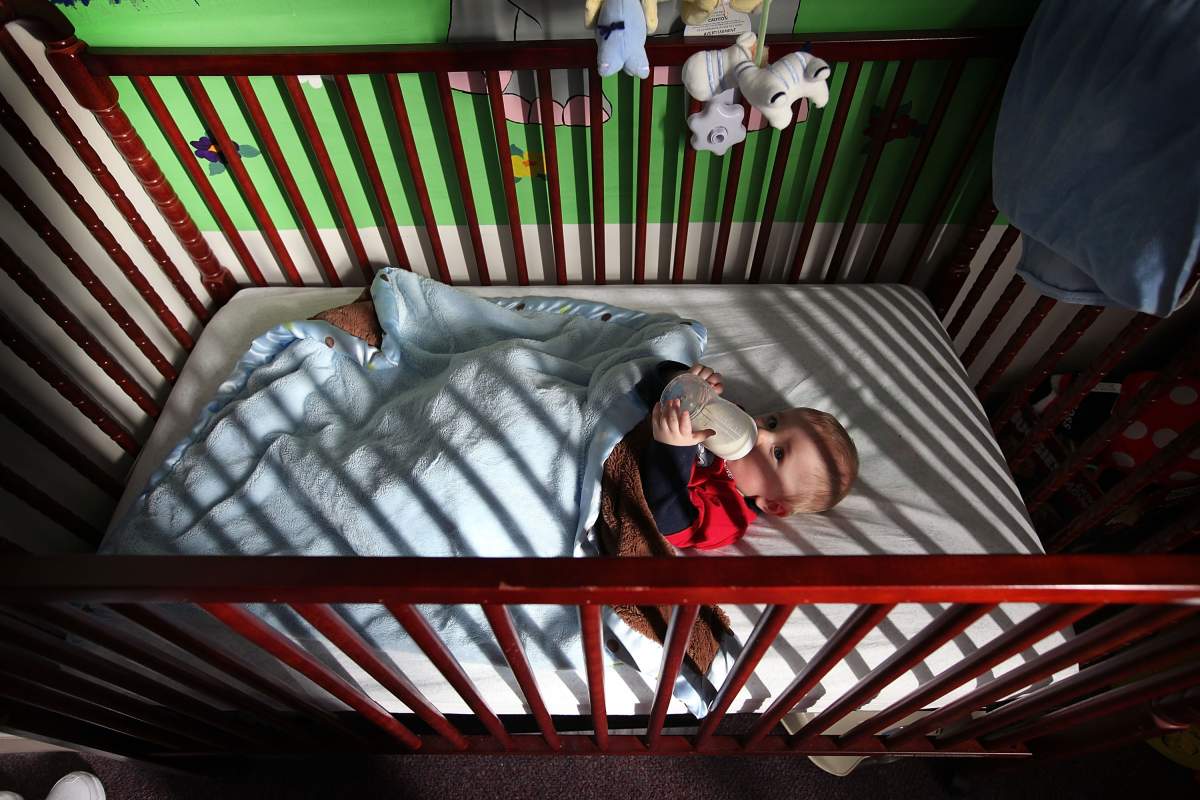A new study released by the American Academy of Pediatrics is warning that parents and caregivers are still putting their children to sleep in unsafe positions, something that could drastically increase their risk of developing Sudden Infant Death Syndrome (SIDS).

Over a several-month period, researchers recorded parents as they put their children to bed in their own home; the tots were one, three and six months old. In nine out of 10 cases, the researchers found parents put their children in sleep positions that could compromise their health.
Those positions included placing pillows, toys or sheets on or around a baby and not placing them on a firm crib mattress. The study also found one-third of babies were placed on their bellies and sides to sleep.
Although there’s no definitive way to prevent SIDS, an overwhelming amount of research has shown placing a baby to sleep on his or her back is a step in the right direction. As is keeping the crib as bare as possible.
READ MORE: Reality check: Will swaddling your baby increase the risk of SIDS?
Paul went on to explain to Health Day why he believes parents aren’t following the “back is best” rule.
READ MORE: Study: High altitude may boost babies’ risks for SIDS deaths

Get breaking National news
Another concern raised by the researchers is that a large number of parents practice co-sleeping — that’s when a parent brings an infant to bed with them. As the study pointed out, this could increase a child’s risk of suffocation.
Dr. Robert Jacobson, a pediatrician with the Mayo Clinic, didn’t mince words when asked about what parents should take away from the report: “Babies need to be placed on the back for every nap and every night until the baby is one year old. No blankets, no bumpers, no pillows, no stuffy animals, but always on a firm, authentic baby crib mattress.”
According to the Faculty of Medicine at the University of Ottawa, SIDS is the leading cause of death for infants under the age of one in Canada.
Though the SIDS rate has been steadily declining, studies like this show there’s still a lot parents can be doing to protect their children from the condition.








Comments